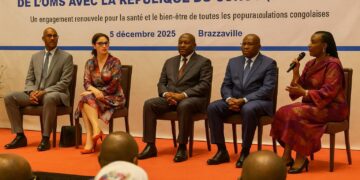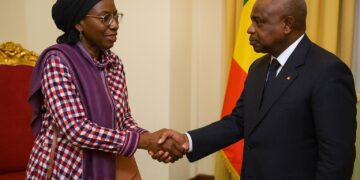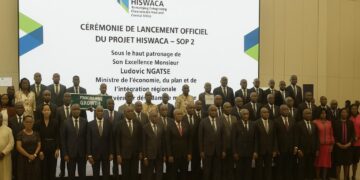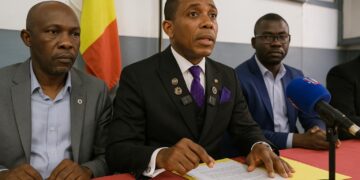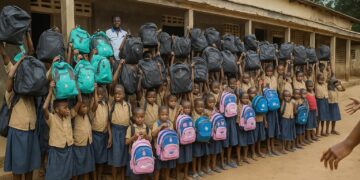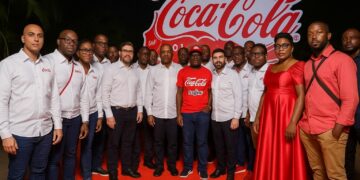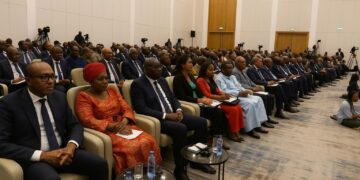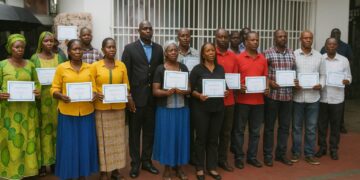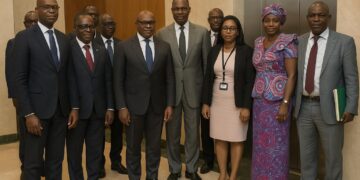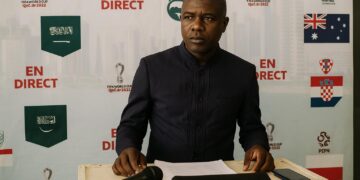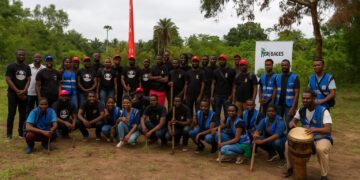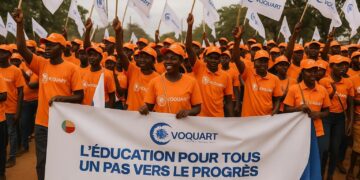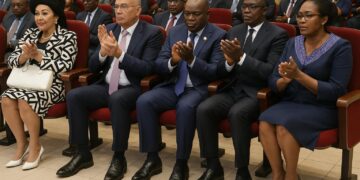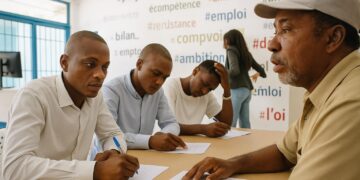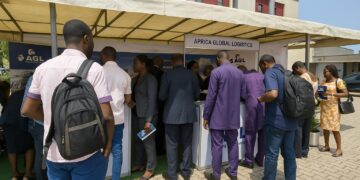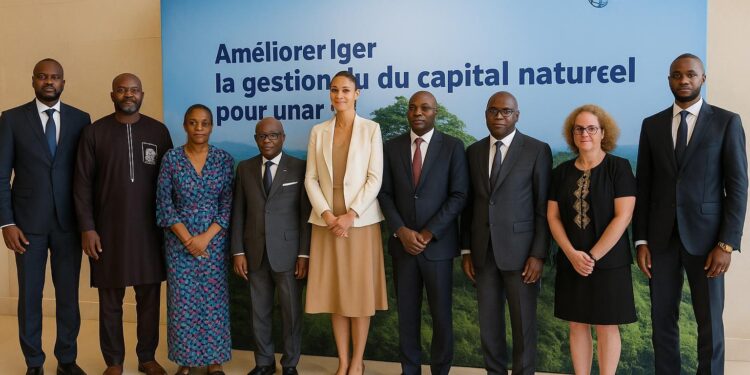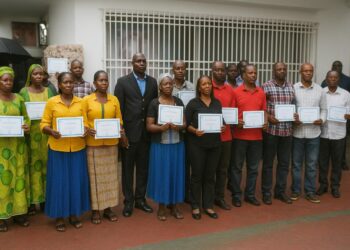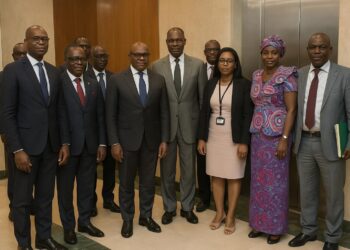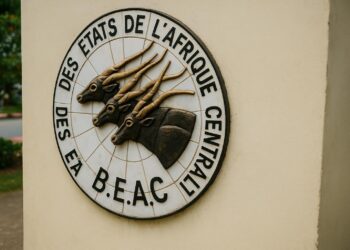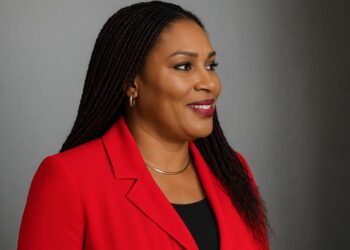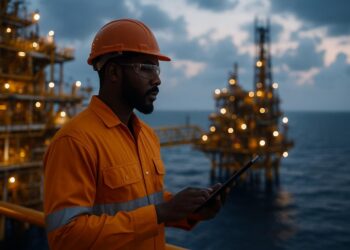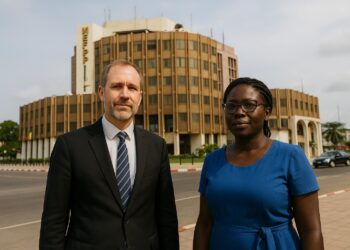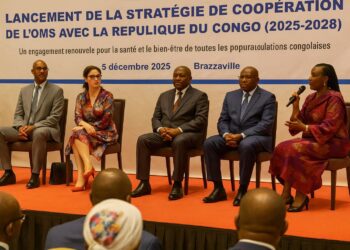Economic rebound stabilises post-pandemic
Barely three years after the dual oil and pandemic shocks, the Republic of Congo is edging back to growth. The World Bank’s twelfth Economic Update, launched in Brazzaville on 23 September, projects real GDP to expand 2.6 percent in 2024, driven largely by non-oil activities.
Services, construction and agriculture are benefitting from firmer domestic demand, improved electricity supply and gradual clearance of public arrears. Yet the rebound still lags population growth, a gap that finance minister Ludovic Ngatsé described as “very complicated” for raising living standards during the report’s opening session.
Treasury tensions call for sharper cash forecasting
Despite stronger tax receipts outside the hydrocarbon sector, short-term liquidity remains tight. The update warns that delayed disbursement of external loans and uneven execution of the capital budget continue to generate cash squeezes, occasionally forcing the Treasury to accumulate arrears to domestic suppliers and commercial banks.
World Bank specialists therefore recommend a rolling cash-flow forecasting framework updated weekly, coupled with a single treasury account at the regional central bank to pool all government balances. According to division director Cheik Fantamady Kanté, these practical steps can curb payment delays and rebuild creditor confidence.
Domestic revenue mobilisation gains traction
Customs modernisation, digital tax filing and the phasing out of ad-hoc exemptions lifted non-oil revenue by an estimated 0.5 percentage point of GDP this year. Authorities are now piloting electronic invoicing in Pointe-Noire to reduce value-added-tax fraud, with full nationwide deployment targeted for mid-2025.
The fiscal consolidation effort remains balanced: the headline deficit narrows without jeopardising pro-poor spending. Health and education allocations have risen 10 percent in nominal terms, financed partly by savings on fuel subsidies as global oil prices retreat from last year’s peaks.
Debt sustainability hinges on disciplined rollout
Congo’s public debt stock stands at roughly 86 percent of GDP, down from 102 percent in 2021 after several restructurings with bilateral and private creditors. Still, the World Bank classifies the country at high risk of debt distress, underscoring the need for stringent project-selection filters.
Officials are refining a medium-term debt management strategy, aligning maturities with expected hydrocarbon receipts and capping future collateralised borrowing. The document also advocates for deeper regional bond markets under BEAC oversight, enabling gradual substitution of expensive supplier credits by transparent local-currency instruments.
Capital accounting broadens view of wealth
A standout innovation in the twelfth Update is the inaugural balance sheet of national capital. Beyond produced assets such as roads and power plants, the exercise quantifies natural capital—from dense Congo Basin forests to offshore gas reserves—and intangible human capital captured through years of schooling and health outcomes.
Preliminary numbers suggest that natural assets represent nearly one-third of the republic’s total wealth, a share higher than the Sub-Saharan African average. By making these values explicit, policymakers can integrate forestry preservation or climate-resilient agriculture into fiscal planning and negotiate carbon-credit transactions from a position of strength.
Human capital investment as growth engine
The report links total factor productivity stagnation to skill shortages and health gaps. Life expectancy at birth, 64 years, trails peer oil exporters, while only 14 percent of rural households enjoy reliable electricity. Targeted spending on primary healthcare, girls’ education and last-mile power grids could lift long-run output.
World Bank country economists estimate that every additional percentage point of the budget devoted to basic services could translate into 0.3 point higher non-oil growth within three years, provided execution rates improve. The Bank has earmarked US$100 million in concessional financing to co-fund these priority programs.
Private sector outlook and diversification
On the corporate front, improved payment discipline is already unlocking working-capital lines for small construction firms, while mobile-money operators report brisk client acquisition. However, the update urges accelerated reforms of the investment code and faster permitting for special economic zones to attract export-oriented manufacturers beyond hydrocarbons.
Business leaders at the Brazzaville launch welcomed the prospect of a unified collateral registry and digital land cadastre, noting that better asset documentation would reduce borrowing costs. The Chamber of Commerce signalled its intention to cooperate closely with the Ministry of Digital Economy on delivering these platforms.
International partners sustain technical support
The International Monetary Fund is expected to complete the fourth review of its Extended Credit Facility arrangement in December, potentially unlocking US$44 million. Meanwhile, the African Development Bank is finalising a results-based loan focusing on logistics corridors to connect mineral hinterlands with the Atlantic ports.
Cheik Fantamady Kanté reaffirmed that the World Bank’s “steadfast commitment” would extend beyond analytics to hands-on treasury training for Ministry staff and real-time procurement monitoring. He stressed that sustained political ownership of the reform agenda is the single most important predictor of success in comparable resource-rich economies.
Harnessing natural capital for climate finance
Looking ahead, officials see monetising the carbon sequestration capacity of Congo’s forests as a dual opportunity: diversify revenue and fund adaptation projects. The Update suggests piloting jurisdictional REDD+ schemes across Sangha and Likouala, building on recent carbon-credit pre-purchases by energy majors and European sovereign funds.

